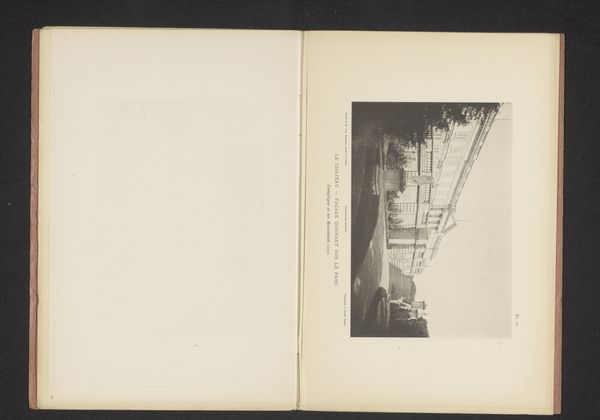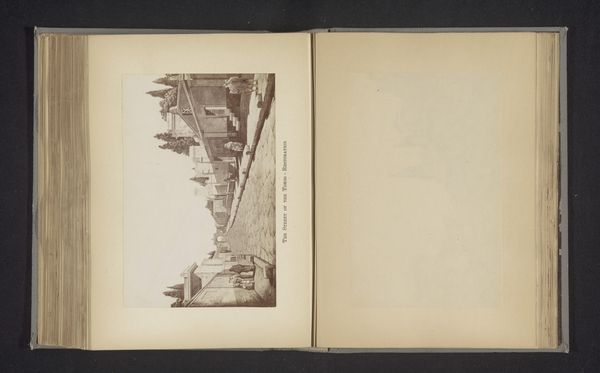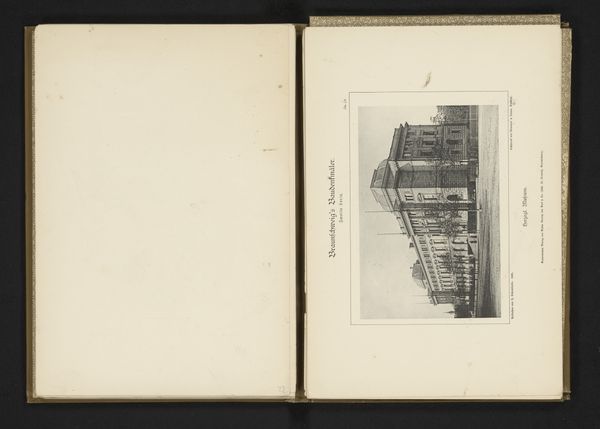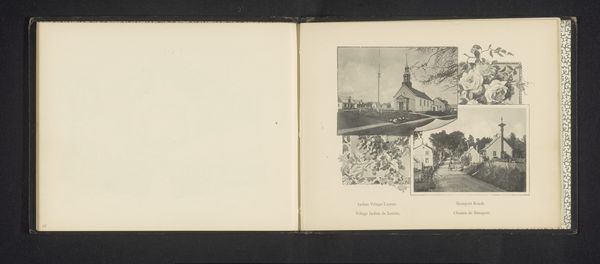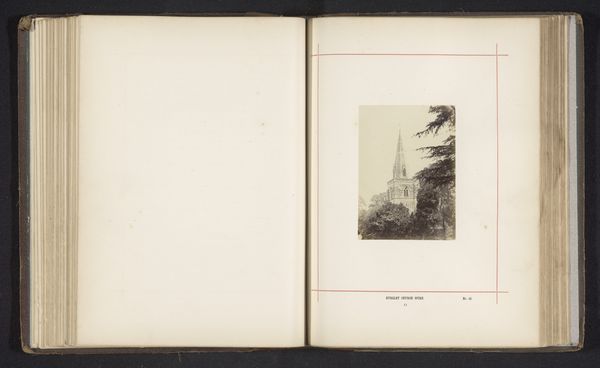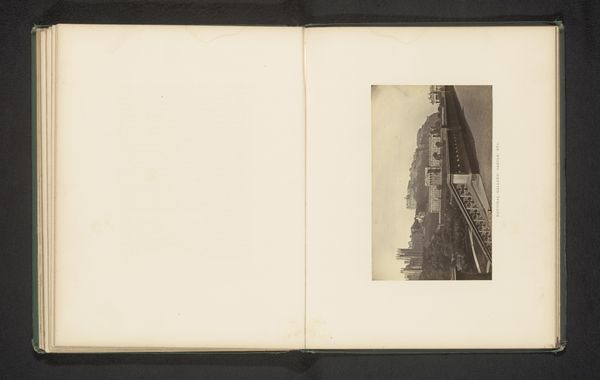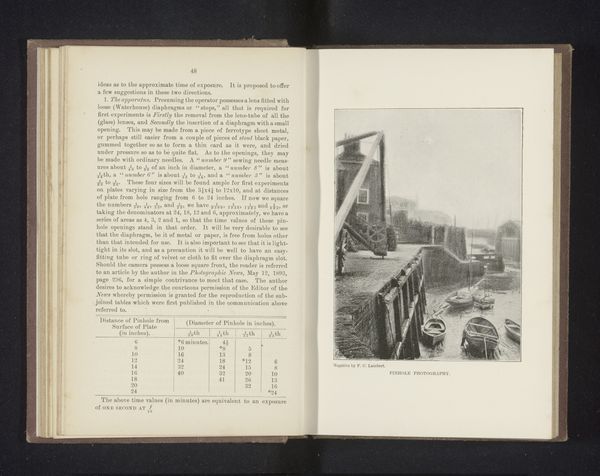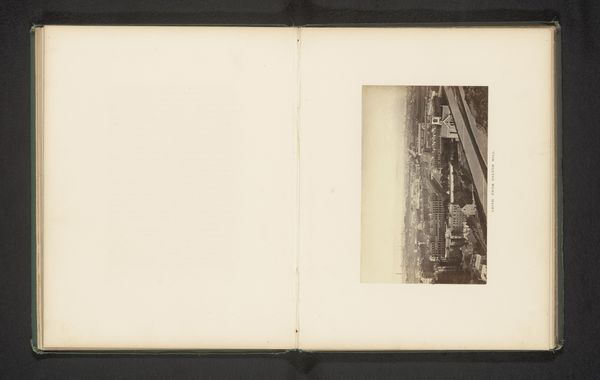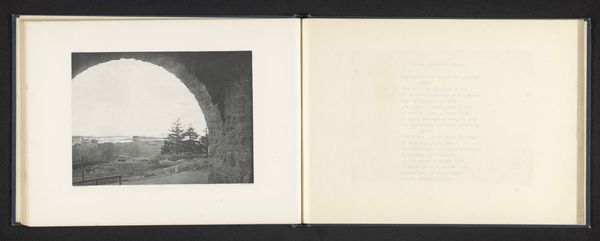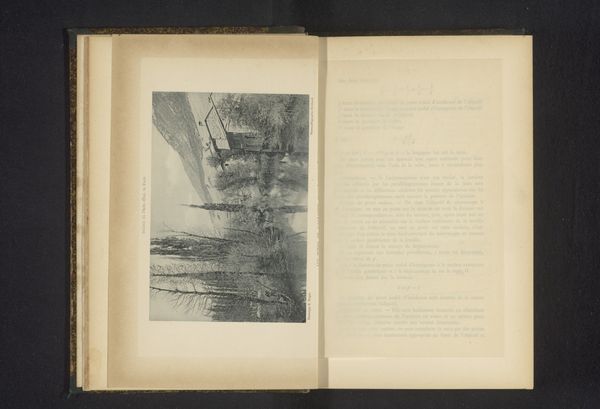
photography, gelatin-silver-print
#
portrait
#
photography
#
gelatin-silver-print
#
genre-painting
#
realism
Dimensions: height 106 mm, width 86 mm
Copyright: Rijks Museum: Open Domain
Curator: Ah, here's an interesting early photograph. It's titled "Vier vrouwen in zondagse kleding te Geispolsheim," which translates to "Four Women in Sunday Clothes in Geispolsheim." It was created by Lalleman & Hart sometime before 1865. Editor: It's such a muted scene, almost like a dream fading at the edges. The women... they feel trapped somehow, like the scene itself is holding its breath. Is it just me? Curator: Well, the gelatin-silver print certainly lends it that ethereal quality. We see four women, presumably from Geispolsheim, a village in the Alsace region of France. They're posed rather formally, perhaps for a special occasion or to document a specific type of labour. Editor: Right, the labor part jumps out. They're all positioned with what appear to be parts of building equipment and raw materials behind them. Even dressed up, these women look like they have something to *do.* Gelatin silver—that sounds...precise, like a science, more than something expressive. What does this materiality say about the social view of women at the time? Were they appreciated for their efforts? Curator: Exactly, I find the pairing of their "Sunday best" with their backdrop to be rather striking. Photography at this stage was about technical mastery as much as anything. But the silver gelatin process allowed for finer details, contributing to this sense of photographic realism. It becomes a documentary process; and maybe the setting becomes a sort of performance of the everyday realities of these women. The clothes suggest one world; the material context another. Editor: And that material context extends to us, the viewers now. What were photographs for back then? Proof of being? Celebration? Memorials? You think of how heavy that process was— the chemicals, the printing. Everything points to evidence of intense physical and chemical work, yet these photographs remain such prized objects. Do you see how these historical and social factors influence their meaning now, perhaps more so than at the time? Curator: I absolutely agree. It highlights how photographs evolve. I find that such an apt medium to evoke emotion and connection. Editor: I hadn't expected this silent picture to evoke such an impact today! Curator: Nor I. It seems this artwork keeps expanding!
Comments
No comments
Be the first to comment and join the conversation on the ultimate creative platform.
